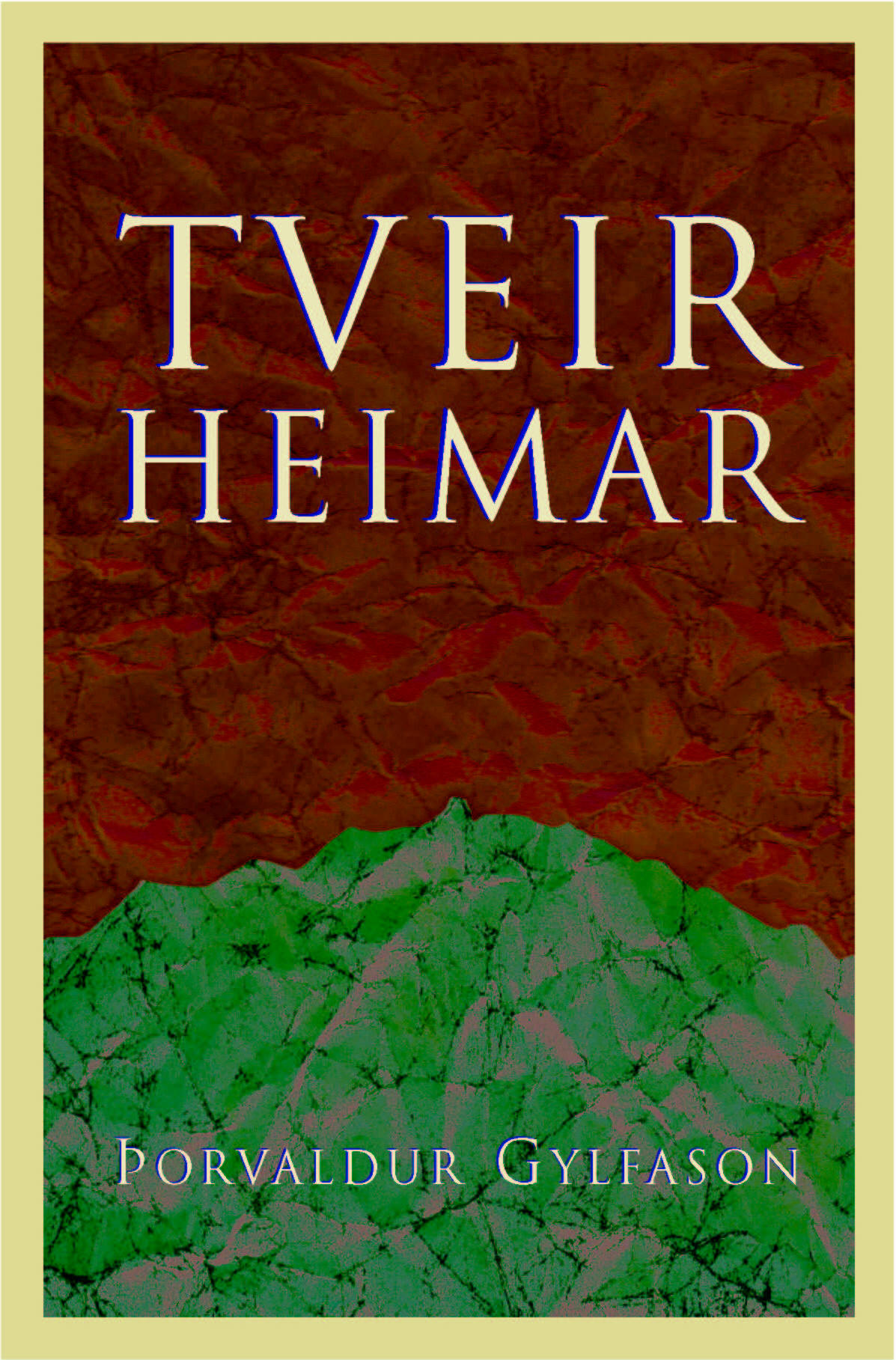Two Worlds

This is my seventh volume of essays in Icelandic. It was in November 2005 by Iceland University Press. My latest collection of essays, The Future is Another Country, came out in 2001. The one before that, Trade for Gain, came out in 1999. High Time came out in 1995. My first three collections of essay were published in 1990-1993.
The 168 essays in the new collection are divided into ten parts. The first, Culture, deals with Icelandic, writing, theater, films, and music. The second part, Education, development, and organization, discusses educational affairs, children, development assistance, and health care issues. Among other things, I argue for a change in the organization and financing of both education and health care in Iceland. The third part is entitled Peace, defense, democracy, and deals with defense issues at home and abroad, democracy, the Icelandic constitution, war, and peace. The fourth and fith part, Iceland is hot and Politics, discuss various topical issues such as urban planning in Reykjavík, the rules for allocating parliamentary seats to political parties, and the recent privatization of the banks. In the sixth part, Farm protection, fish, and finance, the focus is turned to agriculture, fisheries management, and public finances. One of the questions discusssed here in the context of the quota system in the Icelandic fisheris is this: Should slaveholders have been compensated for the abolition of slavery? The seventh and eighth part, America and Europe and Africa and the East, spans a wide geographical range, including the United States, Europe, Russia, the Faroe Islands, elephants, Africa, the Arab countries, women, terrorism, Asia, and more. The ninth part is called Energy, trade, and growth. It deals with energy issues, oil as well as hydropower, international trade, and economic growth across countries from different angles. The tenth and last part, Profiles and history, tells stories of people, all kinds of people. The last chapter discusses patriotism, which Icelanders refer to as “love of country.” The book ends with about 300 brief biographical sketches of the cast of characters who appear in the essays.
The book is 728 pages.